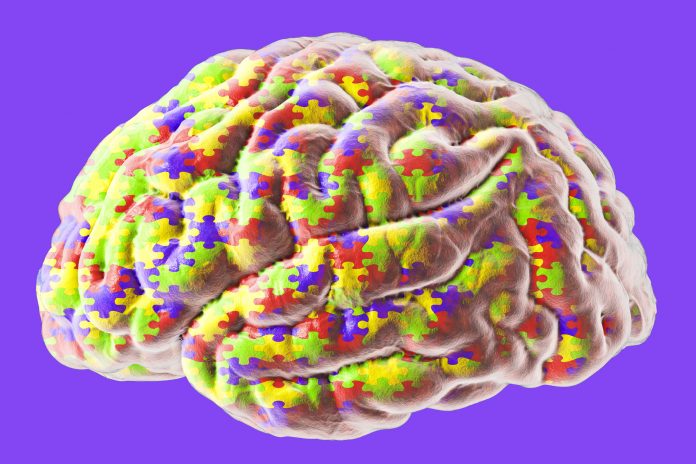
A Scandinavian study, led by the University of Bergen in Norway and including more than 4 million children, suggests that exposure to some anti-epileptic medications in the womb could increase children’s risk of developing neurodevelopmental disorders such as autism.
The absolute risks for these conditions remained lower than five percent overall, but children with epilepsy drug exposures had risks for autism and intellectual disability 2–3.5 times higher than unexposed children from parents with epilepsy.
Notably, as outlined by the researchers in JAMA Neurology, not all epilepsy medications were associated with increased risk for neurodevelopmental problems. The researchers hope this information can better tailor treatments for pregnant epileptic women.
Previous studies have shown some antiseizure medications such as valproate to have a negative impact on infant neurodevelopment if taken during pregnancy. However, “five in 1000 pregnant women use antiseizure medication, and this use is increasing. Discontinuation before or during pregnancy is associated with uncontrolled seizures and increased maternal mortality. This places the patient and physician in a difficult position,” write the authors.
This study included all live born infants over specific time periods in Denmark (1997–2017), Finland (1996-2016), Iceland (2004-2017), Norway (2005-2017), and Sweden (2006–2017). The average follow-up period from birth for the children was 8 years. Overall, 4,494,926 children were included in the study, 25,000 of whom were prenatally exposed to antiseizure medications.
The results showed risks for autism spectrum disorder (ASD) or intellectual disability in 21,634 unexposed children whose mothers had epilepsy were 1.5% and 0.8%, respectively. In comparison, age-matched children exposed to topiramate and valproate had risks of 4.3% and 2.7% for ASD, respectively, and 3.1% and 2.4% for developing intellectual disability.
After adjusting for possible confounding factors, children exposed to topiramate and valproate had relative risks of developing ASD or intellectual disability that were 2.4–3.5 times higher than unexposed children from mothers with epilepsy.
Duotherapies, such as carbamazepine and lamotrigine with topiramate, were also linked to higher risks for neurodevelopmental disorders in children of women with epilepsy, with similar increases in risk to topiramate and valproate monotherapies.
However, no significantly increased risks of neurodevelopmental disorders were seen in children exposed to levetiracetam plus lamotrigine duotherapy, or lamotrigine, levetiracetam, carbamazepin, oxcarbazepine, gapapentin, pregabalin, clonazepam, or phenobarbital monotherapies.
While the authors encourage more research in this area, they comment: “To our knowledge, this is the largest study of neurodevelopmental outcomes following prenatal ASM exposure to date. High-quality, unselected nationwide data from five countries provided a sample size large enough to investigate the associations of prenatal exposure to 15 monotherapies and duotherapies with rare and severe neurodevelopmental disorders… We conducted analyses restricted to maternal epilepsy to account for shared factors between maternal epilepsy and offspring neurodevelopmental outcomes. We also accounted for a range of other potential confounders.”
They add: “As the diagnoses were given as part of routine clinical care, the person evaluating the child could have been aware of the prenatal exposure possibly affecting the diagnostic process. Diagnostic data cannot inform on children with subdiagnostic level symptoms that may still have an effect on daily functioning. Thus, the risks identified by this study are likely an underrepresentation of the risks associated with these exposures.”













